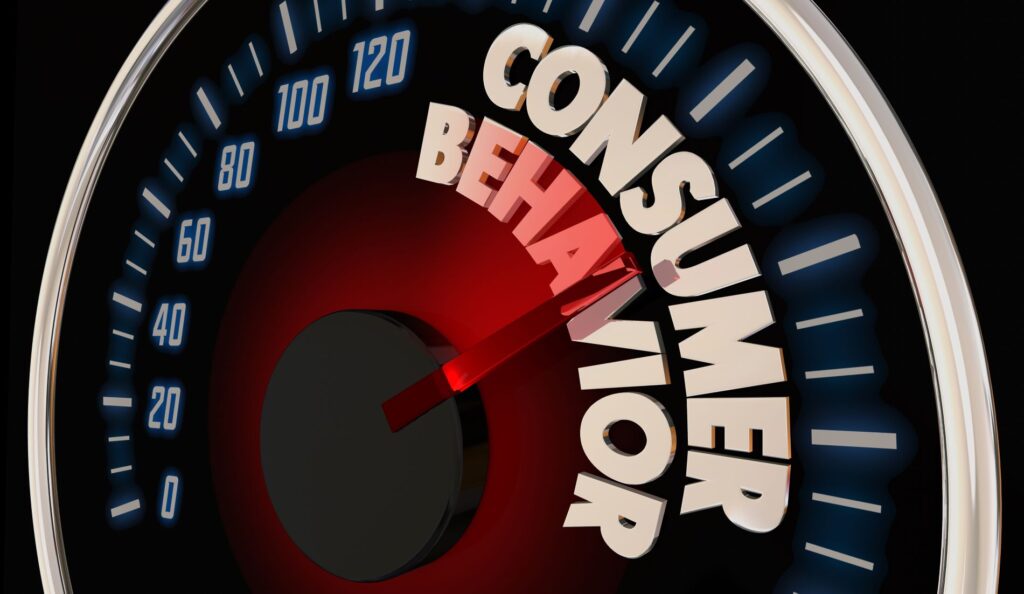This blog builds on our recent piece identifying challenges with legacy CX beacon metrics.
…………………………………………………………………………………………………………………………………………………………………………
By Paula Courtney,
CEO – The Verde Group
After Fred Reichheld published The One Number You Need to Grow in the Harvard Business Review, many customer experience professionals thought they had to ask only a single question: “How likely is it that you would recommend company [x] to your friends and colleagues?”
Gone were the “overall” questions that had dominated customer surveys, as in “Overall, how satisfied are you with…” or “Overall, how would you rate the value of …” and the inevitable follow-up “Why?”
Soon this one question would become the de facto way to measure customer sentiment. Everyone seemed drawn to the simplicity of Net Promoter Score (NPS). And, it became a forcing function for many organizations. Finally, everyone was talking about wanting to improve the customer “metric”.
While we all want the simplicity of a single metric, whether it’s for business growth, weight loss or a happy marriage, we know it’s rarely that easy.
Believing that NPS is sufficient can be dangerous as it:
- overlooks the complexity of company-customer relationships
- is a description, not a cause and
- measures an outcome, not the actions required to achieve it.
Customer relationships are complex
Most experienced executives appreciate the complexity of the customer-supplier relationship. They:
- Think about the hundreds of touch points customers have when they do business with a company.
- Factor in the variety of products they can choose from and the various people with whom they interact
- Lead complex marketing programs, campaigns and pricing strategies designed specifically for certain customer segments.
So why do many think a single metric, NPS, can sum it all up? Wishful thinking, I’d say.
Imagine this
A broker presents you with an investment opportunity, based on only one number, the company’s sales. Do you invest? No.
Or your doctor wants to assess your health. Can she do that with only one number? BMI, cholesterol, blood pressure or blood sugar? Humans are too complex to be assessed with one number.
So is the relationship between company and customer. While NPS is an important indicator, it’s not the only important number.
NPS is not a cause
Although Reichheld claimed that “willingness to recommend” was, by far, the best predictor of business growth, he never made a causal connection. Companies with high NPS scores had high performance, he observed. To many people, this implied causality.
But, that would be like watching videos of musicians with lots of tattoos and insisting their success was caused by the tattoos. You wouldn’t make that leap. You’d know that the tattoos were a common feature of the musicians, but not the cause of their talent or popularity. Similarly, high NPS scores are a common feature of growing companies, but not the cause of their success.
An outcome is not an action
NPS has been widely accepted as a solid way to measure the degree of affinity in the company-customer relationship. But NPS lacks the diagnostic acuity to tell you why customers are buying more/less and simply does not correlate to changes in revenue and profits.
The Result: Questions surface from Executive Leadership, shareholders, and team members regarding the efficacy of the data because often customer measurement scores move in the opposite direction of financial performance.
So, if these legacy metrics are fraught with issues, what can replace it?
The Verde Group launched an initiative in 2020 to create an improved metric for measuring and managing the customer experience. The goal was to create a metric that was highly correlated to revenue outcomes and was easy to understand and simple to deploy. The CX Index has been built using data and knowledge ascertained from Verde Group’s work with global brands and Fortune 500 companies for over 2 decades.
The components are known to be linked to customer behavior and ultimately, financial performance. By understanding the absence or presence of friction in the CX, the efficacy of service recovery efforts and the degree of non-transactional customer engagement, we believe companies can credibly rely on this CX beacon metric.
While some say that experiences cannot be measured by a single number, any more than your BMI can give the full picture of your health. We believe that a broader approach, one that combines several data points, may be the answer companies have been looking for.
